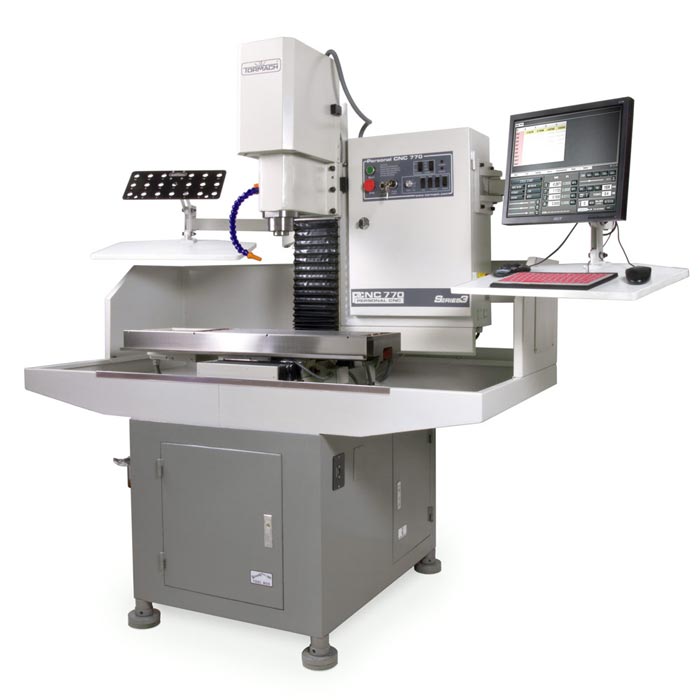In Ontario, regulation of engineering practice dates to 1937, when the Professional Engineers Act was amended and the engineering profession was “closed” to non-qualified individuals; that is, licensure was made mandatory for anyone practicing professional engineering. In Ontario, you require a license if:
- Your work requires you to design, compose, evaluate, advise, report, direct or supervise; and
- The work requires the application of engineering principles; and
- The work will safeguard life, health, property or public welfare.
Although my credentials include a B.Sc. degree in Mechanical Engineering, I don’t hold a P.Eng. license and don’t provide “professional engineering services”. For you, as a client, that means that if your project “safeguards life, health, property or the public welfare”, our design must be checked and approved by a licensed Professional Engineer. In order to avoid legal ambiguities, this principle applies to all projects we’re involved in, i.e. the client takes full legal responsibility for the project.

